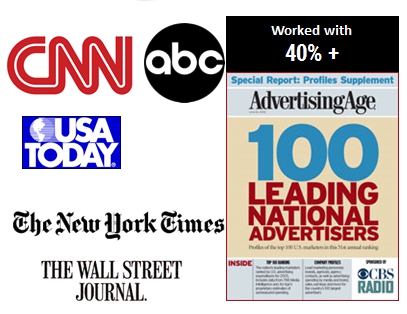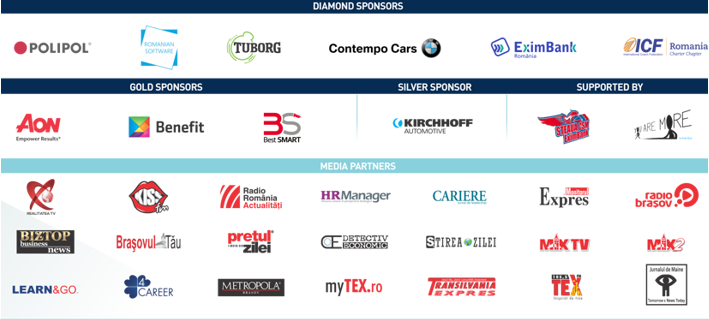Everyone wants to have the best people in the right positions. But how exactly can you accomplish this?
This is where HR steps in. Most people underestimate its importance, but studies have shown the great hidden impact that great HR can have on any organisation.
Watson Wyatt surveyed 405 publicly traded companies of all types, posing 72 wide-ranging questions on everything from training to workplace culture to communications. In order to come up with a so-called Human Capital Index (HCI) score for each company, a statistical formula was applied (HCI measures how well an organisation makes use of the ability of an individual to perform. A higher human capital index indicates better management of human capital by the organisation. It is measured on a scale of 100). Then the subject companies were sorted into three HCI-rating categories: low, medium, and high. The companies in the high-HCI group delivered a 103 percent total return to shareholders over a five-year period, compared to 53 percent for low-HCI and 88% for medium-HCI companies.
While psychometric testing and performance prediction have evolved considerably over the past 100 years, their value is often under appreciated. In this article from thepsychologist.bps.org.uk, two critical lessons from this broad field of research are highlighted. Namely, research on performance prediction has taught us the importance of choosing the right people and using the right tools to do so.
As it is mentioned in the article, selecting the right candidates is an important goal, but we must not forget about the one with equal importance – screening out undesirable candidates. The consequences of choosing the wrong people can be extremely detrimental for the company, as they lead to increased turnover rates, higher recruitment costs, and training expenses, along with lost productivity and decreases in morale among all employees. The high costs associated with replacing poorly performing individuals make it all the more important to identify and select the best performers in the first place.
This is where you have to ask yourselves: on what should I base my decision when selecting a new candidate? Human instinct or a pre-employment assessment system? The thing is – people are very good at identifying what exactly it’s needed for a certain position in their company and at extracting information from the candidates, but they are doing poor at interpreting the results. The analysis made by Harvard Business Review (HBR) on 17 studies of applicant evaluations shows that a simple equation outperforms human decisions by at least 25%. This is valid for any situation with a large number of candidates – no matter if the job is on the front line, middle management, or in the C-suite.
There are also several other benefits to the company that an employment evaluation system can bring. It provides leaders with valuable information not only about their candidates, but also about their existing employees. This helps you identify their development needs and their strongest abilities, which you can improve, based on the given feedback.
This doesn’t mean that you should completely remove the human judgment from the equation.
A great way to make the best decisions would be to use exclusively the assessment systems in order to narrow down the number of possible candidates to only a few before you involve any human judgment. Afterwards, you can make the final decision by consulting with the managers that you trust the most.
In order for the assessments to be successful, there are certain rules that must be respected:
- Understanding the importance of the assessment process and it’s role in identifying the performance levels can lead to the success or failure of the process
- Respecting the methodology suggested and agreed upon by the company leads to maintaining the objectivity, regardless of who is being assessed
- Encouraging employees to get involved in a permanent self assessment process and ask for feedback. This leads to self-motivation and engagement.
- Follow up the assessment. The assessed employee and the assessor will meet for a follow up session to analyse and discuss results, certain situations and evaluate the potential solutions for the identified problems, which leads to mid-term and long-term development.
If you need more information about how the assessment system works, get in touch with a consultant now!



 Dan Hill will be a Key Note Speaker at the Great People Inside Conference “The New World of Work” 12-13 October 2016 at Kronwell Hotel, Brasov Romania. Dan is an internationally recognized expert on emotions as captured through the facial coding tool made famous by Gladwell’s bestseller Blink and Fox’s hit series “Lie to Me.” Five of the seven universal, core emotions facial coding reveals were also highlighted in Pixar’s Inside Out. Dan’s work spans applications from market research to legal, behavioral finance, and professional sports as well as to analysis of executives, politicians and cultural icons in serving as a facial expressions biographer of famous, newsworthy individuals.
Dan Hill will be a Key Note Speaker at the Great People Inside Conference “The New World of Work” 12-13 October 2016 at Kronwell Hotel, Brasov Romania. Dan is an internationally recognized expert on emotions as captured through the facial coding tool made famous by Gladwell’s bestseller Blink and Fox’s hit series “Lie to Me.” Five of the seven universal, core emotions facial coding reveals were also highlighted in Pixar’s Inside Out. Dan’s work spans applications from market research to legal, behavioral finance, and professional sports as well as to analysis of executives, politicians and cultural icons in serving as a facial expressions biographer of famous, newsworthy individuals.


